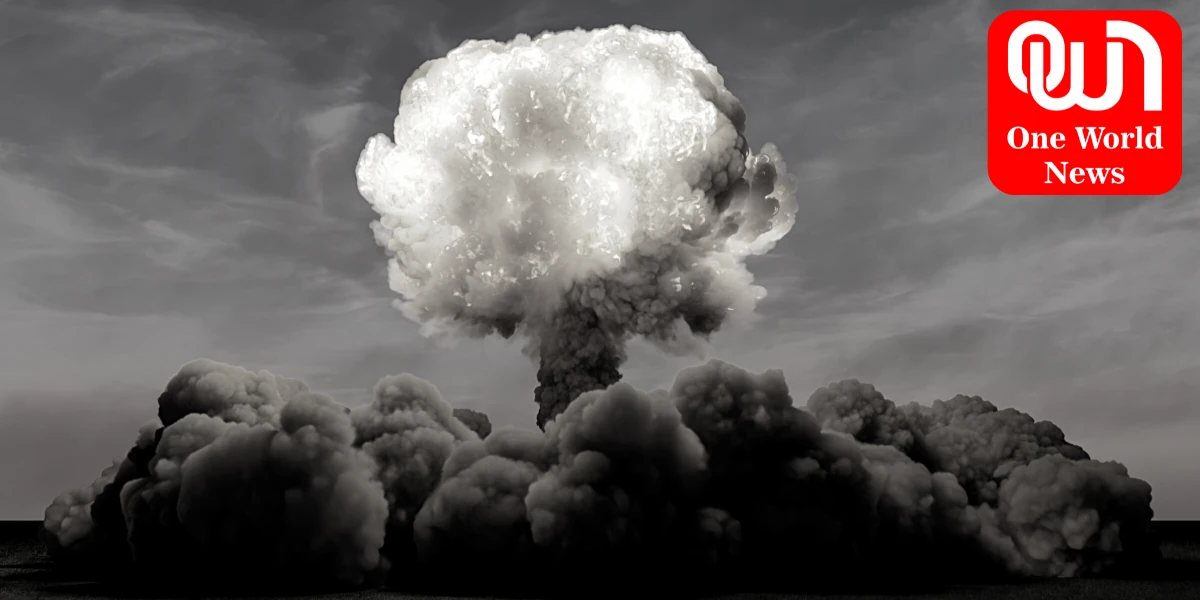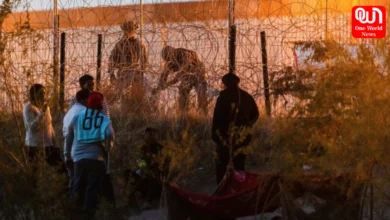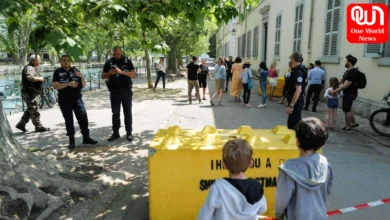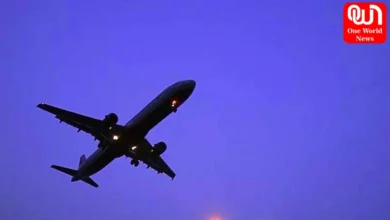The most historical atomic bombing was done on August 9 1945 by America to put an end to World War 2.
Properties of Atomic bombs:
When a neutron strikes the nexus of an snippet of the isotopes uranium- 235 or plutonium- 239 it causes that nexus to split into two fractions, each of which is a nexus with about half the protons and neutrons of the original nexus. In the process of splitting a great quantum of thermal energy as well as gamma shafts and two or further neutrons, are released. Under certain conditions, the escaping neutrons strike and therefore fission further of the girding uranium capitals, which also emit more neutrons that resolve still more capitals. This series of fleetly multiplying fissions culminates in a chain response in which nearly all the fissionable material is consumed, in the process generating the explosion of what’s known as an infinitesimal lemon.
Infinitesimal lemon, also called snippet lemon, armament with great explosive power that results from the unforeseen release of energy upon the splitting, or fission, of the capitals of a heavy element similar as plutonium or uranium.
Worst terrorist attack in history. Never forget #Hiroshima #HiroshimaNagasaki pic.twitter.com/GiBP5Ky7bB
— Yuniel Flores Aguiar (@YunielFlores) August 6, 2018
Read more:- Top 10 Educated States In India
On August 6, 1945, the US dropped an atomic bomb on the city of Hiroshima. The bomb came to be called “Little Boy”, a uranium gun-kind bomb that exploded with about 13 kilotons of force. At the time of the bombing, Hiroshima was home to 280,000-290,000 civilians as well as 43,000 infantrymen, among 90,000 and 166,000 human beings are believed to have died from the bomb within the four-month period following the explosion. The U.S. branch of strength has anticipated that once five years there were perhaps 200,000 or greater fatalities as a result of the bombing, whilst the city of Hiroshima has anticipated that 237,000 humans have been killed directly or indirectly as a result of the bombing, together with burns, radiation sickness, and many types of cancers.
Read more:- Engineering Excellence: Top 10 Engineering Colleges in Karnataka
The bombing of Hiroshima, codenamed Operation Centerboard I, became accredited with the aid of Curtis LeMay on August 4, 1945. The B-29 plane that carried Little Boy from Tinian Island inside the western Pacific to Hiroshima was referred to as the Enola gay, after pilot Paul Tibbets’ mother. Along with Tibbets, copilot Robert Lewis, bombardier Tom Ferebee, navigator Theodore Van Kirk, and tail gunner Robert Caron had been some of the others on board the Enola gay.
Like this post?
Register at One World News to never miss out on videos, celeb interviews, and best reads









